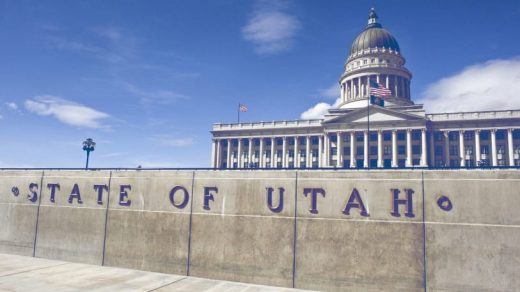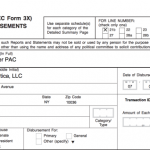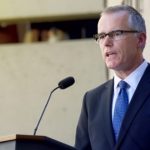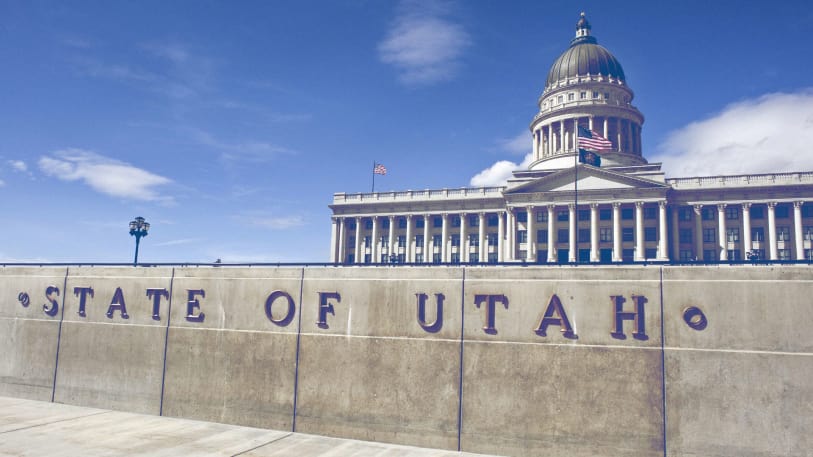Gender Equality Isn’t Political—See Utah For Proof
This story reflects the views of this author, but not necessarily the editorial position of Fast Company.
Hillary Clinton lost Utah to Donald Trump by double digits, pulling in 27% of the popular vote to his 45%, fewer than six percentage points ahead of independent candidate Evan McMullen. On balance, the Beehive State is not a politically liberal place.
Yet in 2014, before the outlines of the presidential race had begun coming into focus, the state’s business leaders recognized a serious problem. Utah ranked 49th out of 50 states for gender pay disparities. Only 15.4% of state legislators were women, and there was just one woman in Utah’s Congressional delegation.
In the three years since, we’ve made some major strides toward gender parity in leadership roles and in the workplace. That’s meant securing the support of people all across the state–men and women alike–who may not have joined in a Women’s March but still see gender equality as an crucial objective. Utah’s continuing efforts on this front proves that progress can be achieved even in right-leaning climates, because the issue fundamentally isn’t about politics–or at least it doesn’t have to be.
Here are some concrete ways we’ve learned here in Utah to make real headway on gender equality without pinching political nerves.
Making Change A Matter Of Public Concern, Not Politics
In right-leaning places, public-private collaboration typically stands a better shot at gaining support than government action does. But before you can put together any kind of initiative, you need to convince enough people there’s a problem. That common ground wasn’t actually that hard to find; it was clear that Utah’s serious deficit of women in politics hurt both parties in the state.
Politicians then turned to the business community, and in January 2015 the Utah Women’s Leadership Institute (WLI), which I now lead, was formed. From the start, the coalition included some of the state’s most influential business leaders like Zions Bank CEO A. Scott Anderson, Questar Corporation CEO Ron Jibson, Workers Compensation Fund–Utah CEO Ray Pickup, Deseret Book Company CEO Sheri Dew, and Intermountain Healthcare COO Laura Kaiser. By involving the business community early, WLI was able to make sure that gender equality remained a bipartisan and public concern, not a political crusade.
From there, WLI’s mission was clear. On the government side, we train women in leadership skills and prepare them to run for public office, at any level and for any party. And on the business side, we advocate for the positive impact female leaders have on economic development. One way we do that on both sides is through the ElevateHER Challenge, which asks Utah organizations–public, private, and nonprofit–to examine their demographics and take clear steps toward improving gender diversity:
- Increase the percentage of women in leadership roles. Make sure the candidate pool for senior-level positions includes many qualified women, and encourage women to apply.
- Improve the retention of women at all levels. Find out why women are leaving and create opportunities for women to design programs that incentivize them to stay put.
- Get more women onto boards by diversifying the candidate pool and offering more training opportunities to groom top female talent for board positions.
- Keep regular data on the gender pay gap within the organization, and develop a plan based on those states to close it. Never stop monitoring that progress.
- Create leadership development and mentoring programs geared toward women.
- Urge women to run for public office. Recruit women and support candidates by offering financial and campaign resources–regardless of political party.
So far, more than 115 organizations have taken WLI’s ElevateHER Challenge–all the way on up to the statehouse. Governor Gary Herbert accepted the challenge on behalf of the entire state. A 501(c)3, WLI has already trained 70 women, of varying ethnic backgrounds and political beliefs–who either have run for political office or plan to do so.
When Public And Private Spheres Both Commit
In just a few years, Utah’s state government has seen noticeable changes. The Utah Science Technology and Research (USTAR) Initiative, a technology-based economic development organization, has increased its female board participation from 0% to 20% in the past two years, reached gender parity on staff, and has closed the organization’s pay gap completely.
In 2014, Governor Herbert appointed Dr. Ivy Estabrooke from a pool of more than 140 predominantly male candidates to serve as USTAR’s executive director. And just last November, he named Susan Opp, the executive vice president of L-3 Communications, its board chairwoman. Dr. Noelle Cockett, a prominent geneticist, was also appointed president of Utah State University late last year.
One key to these successes has been building checks and balances between businesses and government at every step. Another has been securing (and re-securing) the full cooperation of both spheres regardless of political affiliation. That takes patience and diligence, but we’ve already shown it can be done.
In fact, we’ve essentially taken political opinion off the table, turning gender equality into a nonpartisan issue at a deeply partisan time in America. Other states–no matter how riven by political divisions–can use a similar approach to make meaningful advancements.
This is an important lesson as the country adapts to a rightward shift in federal policy. It may have been Hillary Clinton who decades ago reminded the world at the UN that women’s rights are human rights and vice versa. At the time, that was a radical pronouncement. But today, and despite the Utah electorate’s clear rejection of her candidacy last fall, that idea is much more widely accepted. As long as we can remember that gender inequality is blind to politics, and affects women and households on all points on the political spectrum, the easier it’ll be to rectify it everywhere.
Utah still has room to grow to achieve gender equality in business and government, but the progress we’ve made in a short time and in a conservative climate speaks volumes. The public-private collaboration we’ve pioneered can be a model for others in right-leaning places. And it gives me hope that, come what may in the near-term, we’ll break that final glass ceiling over 1600 Pennsylvania Avenue in our lifetime.
Patricia Jones is the CEO of the Women’s Leadership Institute. She is also the cofounder and former President of the polling and market research firm Dan Jones & Associates and served in the Utah Legislature for 14 years.
Fast Company , Read Full Story
(36)














